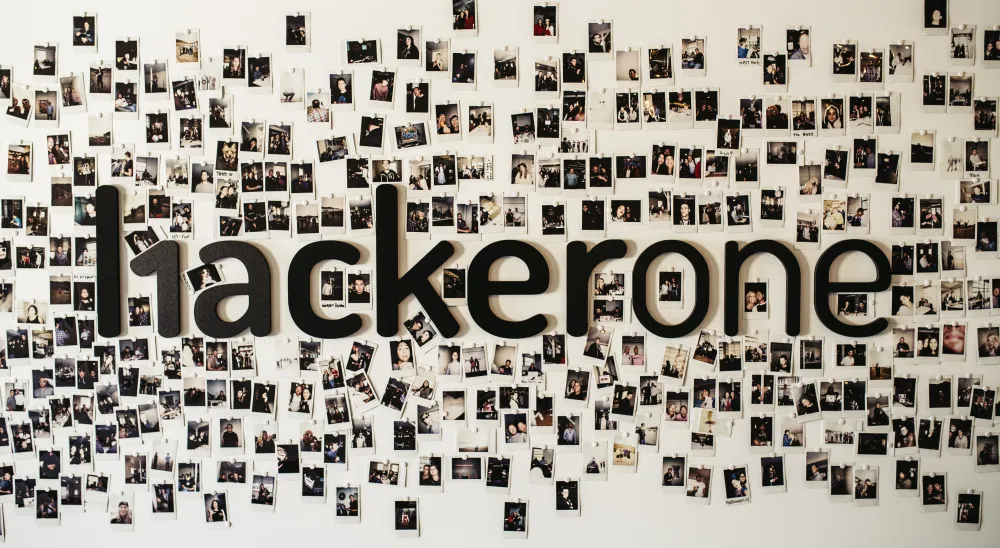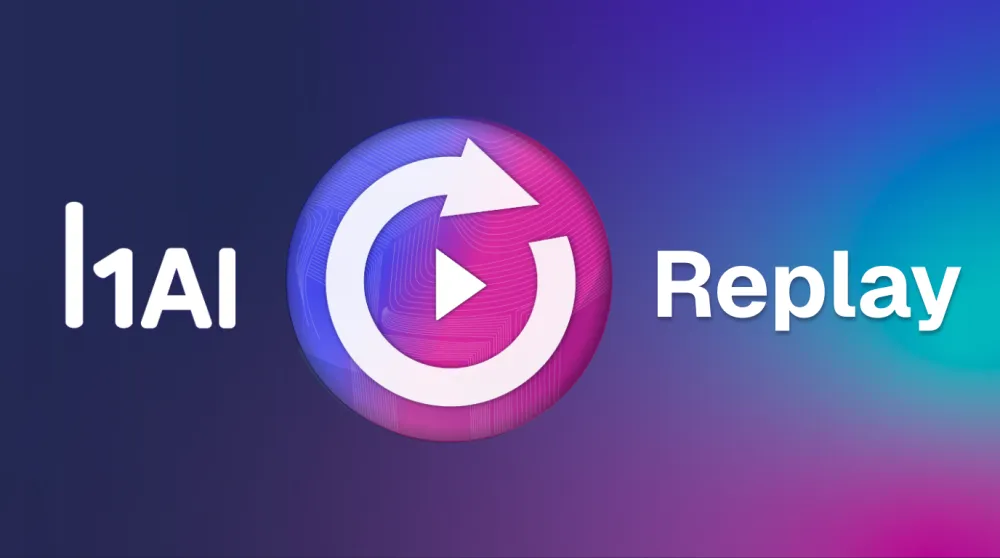HackerOne’s Digital First Workplace

HackerOne’s Dawn Mitchell, Chief People Officer, joined Rob Sadow, co-founder and CEO at Scoop, for a conversation about HackerOne’s digital-first approach. As a growing technology company with nearly 400 employees in 15 countries, HackerOne continues to evolve our remote workplace to set employees up for asynchronous collaboration, knowledge management, and decision-making.
This is an overview of the conversation and some of the best practices shared when creating a remote workplace. Listen to the full episode and learn how to align your executive team around your flexible work model, the relationship between the Chief People Officer and CFO during implementation, and how to balance politeness and firmness when setting work and communication expectations.*
How does HackerOne define a digital-first workplace?
For HackerOne, the term “remote” felt detached and distant. But being digital first, we are connected, regardless of location, through our communication channels and work. The flow of information is not broken and you can center your work in a digital way.
We are specific about saying digital first because how we work will evolve as the company grows and the world changes. In a digital-first workplace, where you sit doesn’t matter because we can do our work digitally — the work can be done on a computer.
How did HackerOne become a digital-first workplace?
The idea shifted over time, and a firm decision was made during the 2020 pandemic. HackerOne was distributed before, but more of our employees began to move to different locations and requested more flexibility.
Maintaining our strong culture was essential to HackerOne. The notion of culture is not in an office with food and t-shirts. It’s doing meaningful work and making connections. And to do that, we needed to build consensus on how to work in a new way.
The intention must be driven by the leadership team, with employee buy-in. We started with getting feedback: what changes in behavior and operations do we need to make to shift to a fully digital-first company? From the results, we created a manifesto that employees align to.
Since then, we have rallied around the ownership in the decision to be fully remote. We closed offices (not immediately) because we saw that usage wasn’t there. Today, employees have WeWork All Access to utilize flexible workspace near home or while traveling.
How did HackerOne navigate the different pockets of sentiment?
The digital-first workplace was a decision, and employees either supported it or not. There was an interim period where it was unclear how to operate in a day-to-day work environment, which caused some frustration. But it’s how we operate as a company, so our business decisions and work style must include a digital-first element.
We knew we had to be bold enough to build an employer value proposition reflecting this working style. One of our company values is default to disclosure, and we talked about the decision openly as a company but the decision is firm. If it’s not for someone, we understand.
What changes did HackerOne make to create a shift in how we work?
For a culture shift to be successful, the executive team has to commit to the change. We had a lot of honest conversations about office usage, travel budgets, and benefits. We learned that there was inequity across the organization on how dollars were spent, how and when we came together in person, and why we had offices.
Ultimately, we knew we had to change our practices to be more equitable and effectively engage and educate our teams. As a result, HackerOne established guidelines and policies for meeting in person, traveling for work, and allocating funds for perks and benefits.
We are digital first but not digital only. We understand the importance of connecting in person, and when we can, we prioritize those opportunities. We are constantly evolving as our organization grows, and that means evaluating our policies and budget to ensure they meet our company's digital-first workplace.
What changes are still needed?
We have opportunities in our technology and how we use certain tools to work asynchronously in a digital-first environment. We must think about technology like an office. We need to solve how we manage tools, understand how best to use our existing platforms, and how employees can work together with that technology.
HackerOne’s digital-first model is an operating plan, not a perk. Our path to digital first is unique to our organization, people, and culture, and we set out to build a workplace that makes sense for us. We had strong buy-in and support from the executive team, collected and shared employee feedback, and drove the right communication to the right people. Finally, we know that to attract and retain the right talent, we will evolve our digital-first model as the organization grows.
Listen to the entire conversation here.
*This is an overview; some questions and answers were summarized for this blog post.


